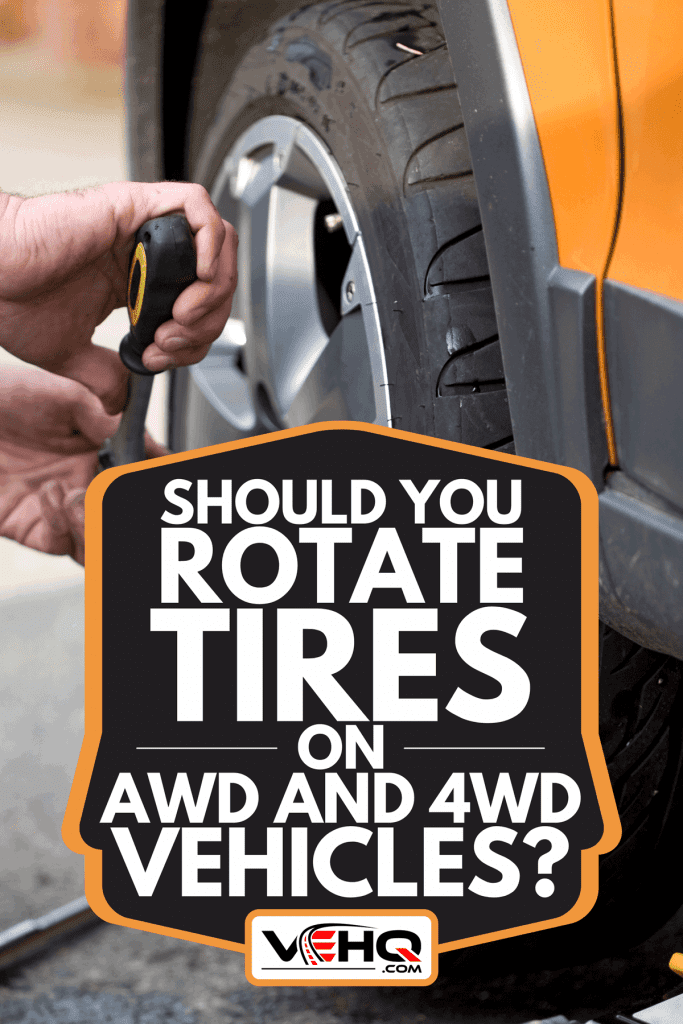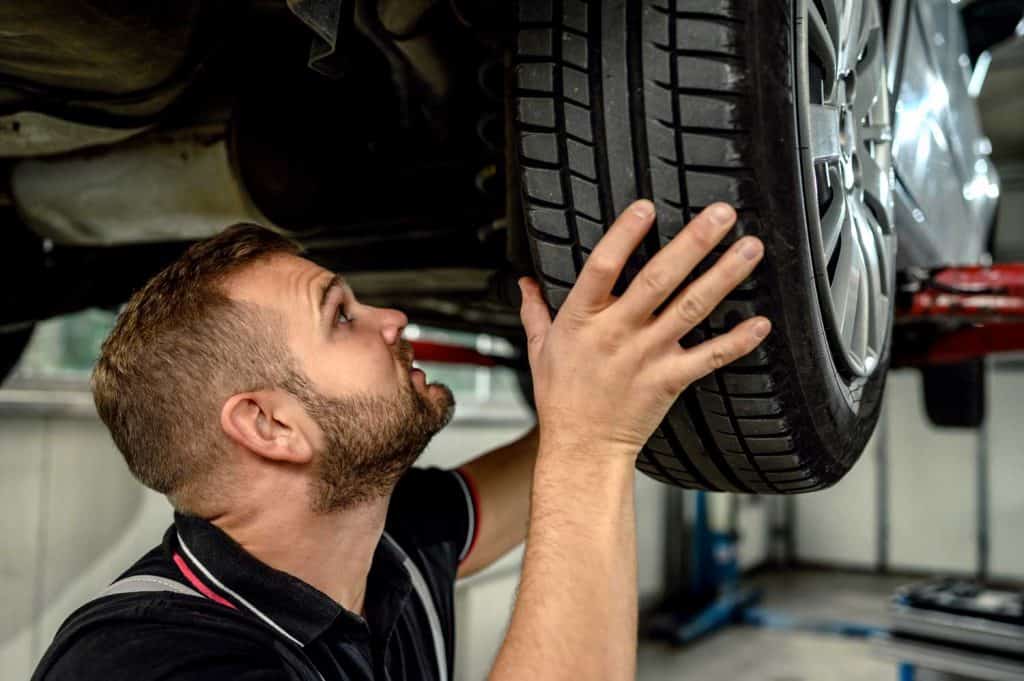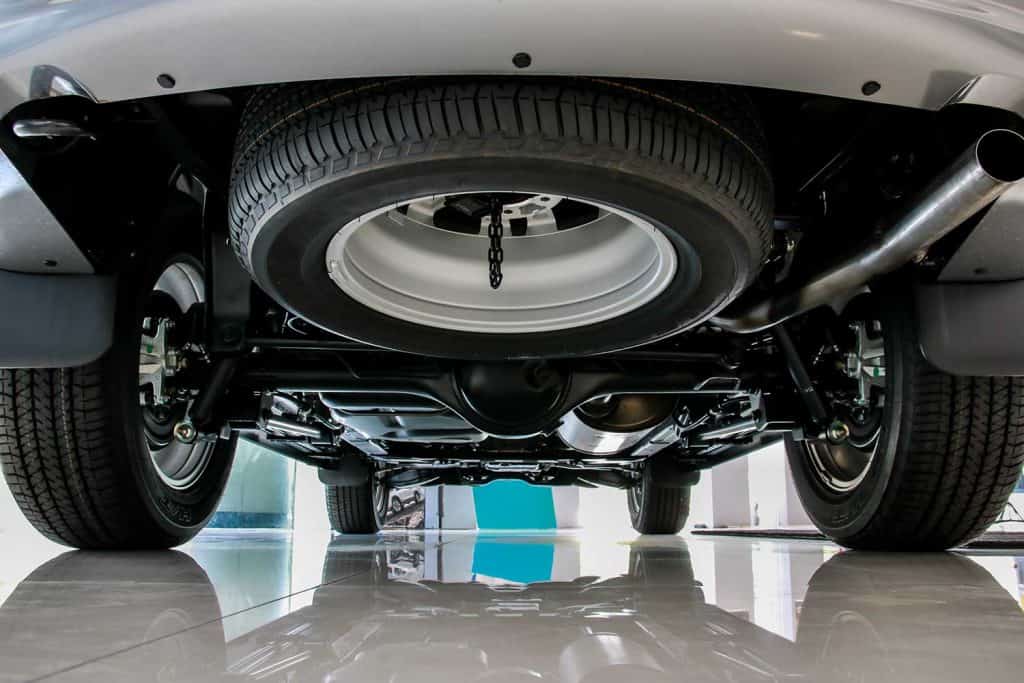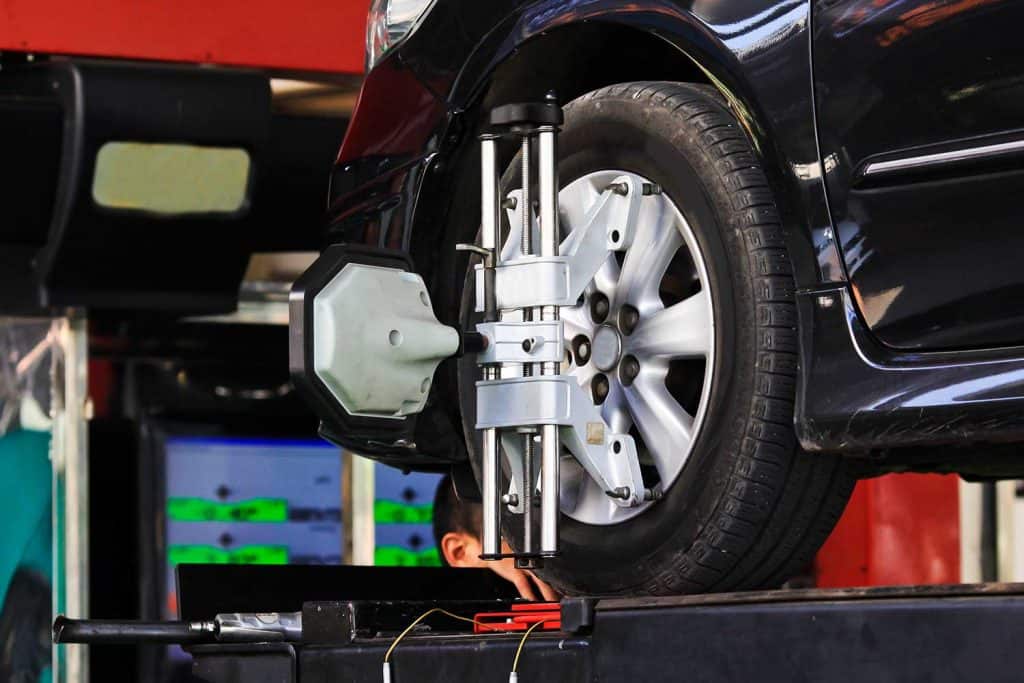Being fully aware of what maintenance items your vehicle needs and when it needs them is crucial to ensure optimal performance. Sometimes overlooked is the maintenance regarding your vehicle's tires. You have probably heard about tire rotation, but do you need to get the tires rotated if your vehicle is an all-wheel-drive or a four-wheel drive? We researched tires from numerous professional sources so that you can have a definite answer before your tires have a lot of road miles on them.
You should have the tires on all-wheel drive and four-wheel drive vehicles rotated at regular intervals. This prolongs their useful life.
Now that we know that you should rotate the tires on all-wheel and four-wheel-drive vehicles, we'll look more in-depth at tire rotation in general. You might also be curious if you should rotate in the spare tire or if you need an alignment every time your tires are rotated. Or maybe you want to know if the tire rotation pattern matters. For the answers to all of these questions and more, read ahead in this post to see what our research has uncovered.

Why should you rotate your vehicle's tires?
Rotating your vehicle's tires will help prolong the useful life of your tires and ensure that your vehicle has a more comfortable ride.
Tires wear out unevenly, which is why rotating them is worthwhile. By rotating your tires, you spread out the wear and make certain that the wear will be as even as possible.
Not rotating your tires will impact your vehicle's alignment, which we'll discuss at greater length ahead in this post. For now, know that having your tires rotated at the manufacturer's recommended interval is paramount to both tire life and maximum usefulness.
How often to rotate tires on AWD?
The frequency at which your vehicle rotation should occur will depend more on the type of tire you have, as opposed to whether it's an all-wheel drive or not. You can be certain that nearly all tire manufacturers will strongly recommend that you rotate your tires no more than every 7,500 miles. But many will state that it should be done in 5,000-mile intervals.
It's essential to have your all-wheel-drive vehicle's tires rotated like clockwork. The tires on these vehicles wear at different spots, as each tire works independently of the other. These types of vehicles are much more prone to uneven tire wear, making a regular rotation a must.
Does tire rotation pattern matter?

There are four methods in which a four-wheel vehicle can have its tires rotated. They are four-wheel rotation, five-wheel rotation, straight rotation, and cross rotation.
While each pattern is acceptable, some are more preferred for certain types of vehicles. And some should NEVER be performed with certain types of tires. Let's take a look at all four, so you'll have a better idea of which one is the correct pattern for your vehicle.
Four-wheel rotation
This type of rotation is the most preferred pattern rotation for most front-wheel and four-wheel drive vehicles. Should your vehicle be a rear or four-wheel drive vehicle, the rear tires are moved ahead to the front, rear left to front left, rear right to front right. The front wheels, though, go to opposite rear sides. The front right is moved to the rear left, the front left is moved to the rear right.
Should you have a front-wheel drive or an all-wheel drive, the movement is the opposite. The front tires are moved to the back, front right to back right, front left to back left. Then, the rear tires are moved to opposite sides, rear left to front right, rear right to front left.
This method can only be done if you have non-directional tires.
Five wheel rotation
This method of tire rotation involves rotating your full-sized spare tire. In a rear-wheel or four-wheel drive vehicle, you're following the same pattern as four-wheel rotation. You move the spare to the front right and place the rear right on the spare tire mount.
In a front-wheel-drive vehicle, the spare is moved to the front right, and the rear-left tire is moved to the spare tire mount.
We'll discuss whether or not it's wise to rotate your spare tire during tire rotation later in this post.
Straight rotation
Straight rotation involves moving the front tires to their corresponding rear sides. The front right goes to the rear right, and the front left goes to the rear left. This is performed if you have directional tires, as it will keep the tires spinning in their intended directions.
Cross rotation
If you cross rotate tires, you're moving the tires to their opposite sides. The front right moves to the rear left, front left moves to the rear right. As we noted earlier in this post, this should never be done with directional tires.
For a more in depth look at the tire rotation patterns, they can be further researched at Tire Buyer.
Should you rotate in the spare tire?
If you have a full-sized spare, it would only make sense to make sure that it was as evenly worn as the other four tires on your vehicle. For that reason alone, you should utilize the five-wheel tire rotation method that we discussed earlier in this post.
Should your spare tire be a donut, you would not want to include it in the tire rotation. Donuts are substantially smaller than your other, full-sized tires. They are only meant to be used to get your vehicle to a safe place in which you can purchase a new full-sized tire. Donuts cannot be driven very fast or for very long. If you have to use a donut, please consult your owner's manual before doing so to make sure that all safety protocols are strictly followed.
Car Parts gives an in-depth explanation about how and why you should rotate in the full-sized spare.

Do you need alignment every time you rotate tires?
According to Cars.com, vehicles need to be routinely aligned so that your drive will remain smooth and so that your tires will wear as evenly as possible. But it's not necessary to have this done each time you rotate your vehicle's tires.
Alignment should be inspected at least once a year unless you notice some signs that your vehicle is out of alignment. If your vehicle is "pulling" hard in one direction, it could be an alignment issue. Or, if you notice that your vehicle tends to drift on the highway, you will need to get the alignment checked.
Vehicles will naturally go out of alignment over time. But hitting potholes, curb checking too hard, or hitting a road hazard will certainly impact your alignment. If you strike an object on the road, it might not be a bad idea to get the alignment checked as soon as possible.
Driving a car that is out of alignment can cause your tires to wear out more on the inside (or outside) than the rest of the tire. This will lead to needing to replace your tires prematurely.

Is it bad to have different tires on an AWD car?
You may have heard that you need to change all four tires at once on certain cars. While you don't need to do this if you have a front-wheel or a rear-wheel-drive vehicle, you should always do this on an all-wheel-drive car or truck.
All-wheel drive vehicles need precisely balanced traction on each tire. Having mismatched tires will throw this off and create some larger problems for you. It can cause issues with your alignment and, over time, can burn out your drivetrain.
As with any maintenance item, always consult your vehicle's owner's manual. And be sure to familiarize yourself with the factory recommendations for your tires.
In Closing
Whether you have an all-wheel drive, front-wheel drive, or four-wheel drive, tires must be routinely rotated. How they are rotated will vary by type of vehicle and by type of tire. This is something that can be done in your driveway if you have the proper tools. But most owners will take their vehicle to a trusted mechanic or dealership for tire rotation, as it will save a lot of time.
If you found this post on tire rotation to be helpful, we believe you'll enjoy reading the following automotive posts:
Do Tires Degrade Over Time? Even When Not Used?
